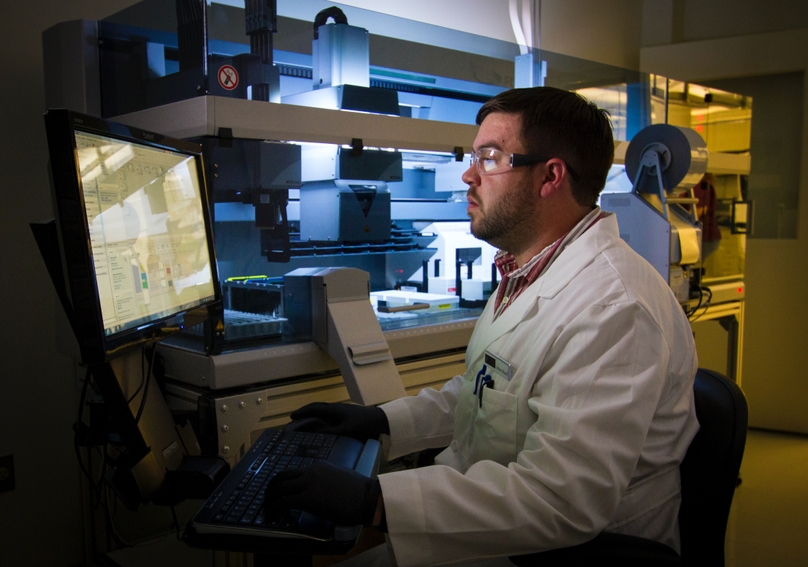Effective project management is vital for the success of any laboratory endeavor. In scientific research, where complex projects with multiple stakeholders are common, having a well-developed project integration management plan is crucial. This post provides a step-by-step guide to developing a robust plan for integrating and managing lab projects, ensuring seamless coordination, communication, and overall project success.
1. Define Project Objectives and Scope
Before diving into project integration, it is essential to clearly define the project's objectives and scope. Identify the specific goals, deliverables, and outcomes the project aims to achieve. This step lays the foundation for effective integration by providing a clear understanding of the project's purpose and boundaries.
2. Identify Stakeholders and Their Roles
Identifying stakeholders and understanding their roles is critical for project integration. Determine all individuals, teams, or organizations that have an interest or influence in the project. Clearly define their roles and responsibilities to ensure effective communication, collaboration, and decision-making throughout the project lifecycle.
3. Establish Communication Channels
Effective communication is key to successful project integration. Establish clear communication channels, both formal and informal, to ensure an efficient flow of information among project team members and stakeholders. Utilize tools such as project management software, regular meetings, and email updates to facilitate effective communication and keep everyone informed.
4. Develop an Integrated Project Schedule
Creating an integrated project schedule is crucial for managing the timing and sequencing of project activities. Identify all the tasks, dependencies, and milestones, and allocate appropriate resources to each activity. A well-developed project schedule helps in managing potential conflicts and ensures a coordinated approach to project execution.
5. Define Change Control Procedures
In the dynamic environment of scientific research, changes to project scope, requirements, or timelines are inevitable. Establish clear change control procedures to evaluate, approve, and implement changes effectively. This step ensures that project integration remains flexible while maintaining control over scope creep and minimizing disruptions.
6. Implement Risk Management Strategies
Risk management is an integral part of project integration. Identify potential risks and develop strategies to mitigate or respond to them. Regularly monitor and assess project risks, update risk management plans accordingly, and communicate risk-related information to stakeholders. Proactive risk management enhances project outcomes and minimizes unexpected challenges.
7. Monitor and Control Project Progress
To ensure project integration stays on track, implement monitoring and control mechanisms. Regularly track project progress against the defined schedule, milestones, and performance indicators. Identify deviations or issues early on, and take corrective actions to keep the project on course. Effective monitoring and control enable timely decision-making and maintain project alignment.
8. Conduct Project Closure and Evaluation
As the project nears completion, conduct a comprehensive project closure process. Evaluate project outcomes against the defined objectives and deliverables. Identify lessons learned and best practices that can be applied to future projects. Document the project's successes, challenges, and recommendations for improvement to enhance future project integration endeavors.
Developing a lab project integration management plan is essential for the successful execution of complex scientific projects. By embracing project integration management practices, scientific research can drive innovation, improve efficiency, and contribute to the advancement of knowledge in various fields. Try Genemod today to efficiently develop your lab project integration management plan and streamline the whole scientific research procedure.


















